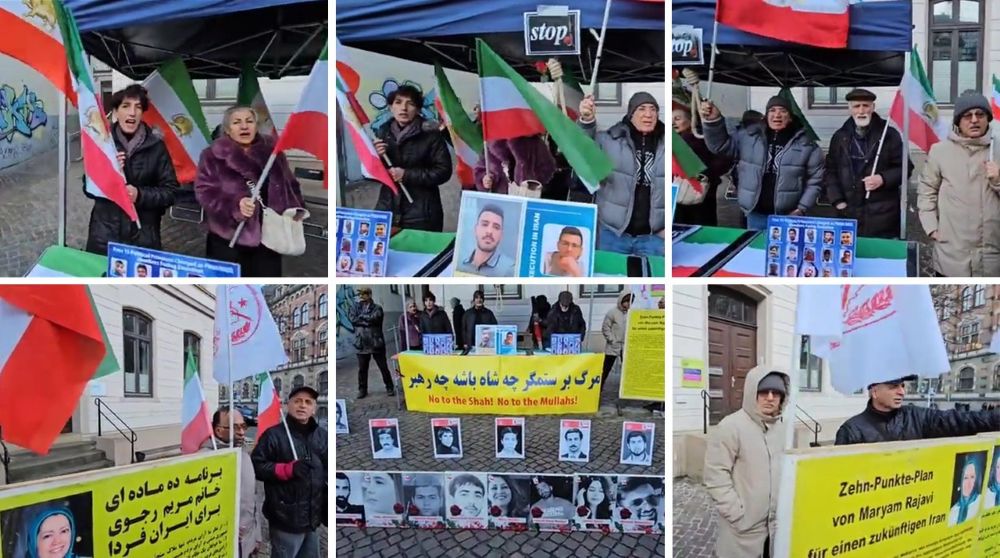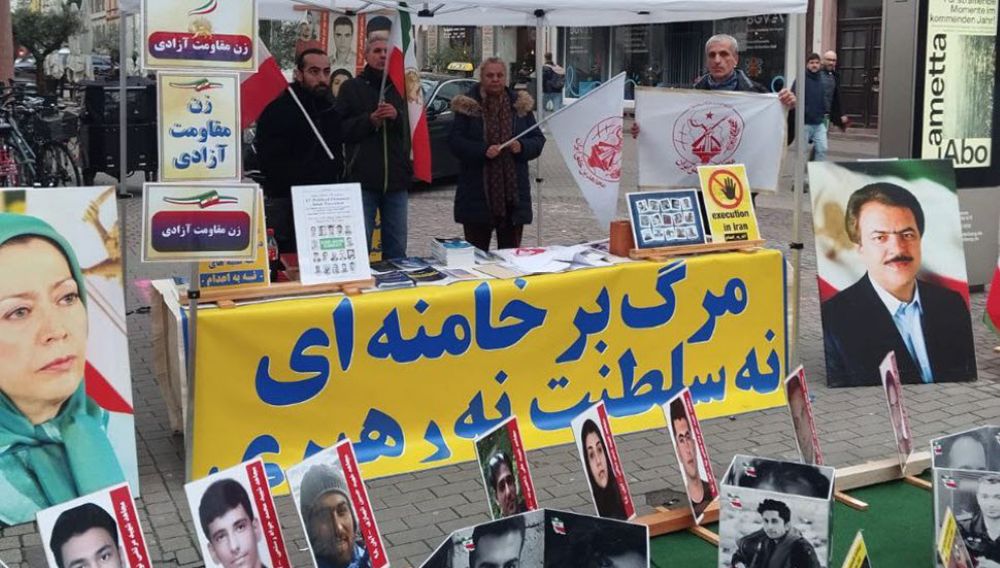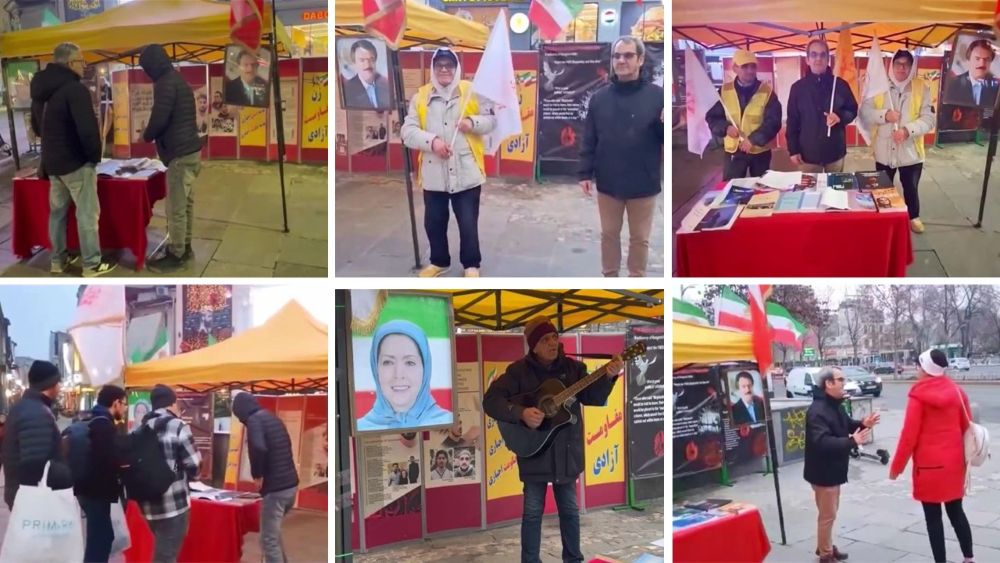Right after the 1979 revolution, the Islamic Republic tried to undermine social cohesion and the common goal amongst different strata of society. At the beginning of the 1990s, when mullahs faced the first wave of the insurgency of the poor in the cities of Eslamshahr, Qazvin, Mashhad, and Shiraz; on one hand, they used the language of suppression and, on the other hand, they sought to separate the “middle class” from the poor.
In this regard, the creation of the so-called reformists was to deceive the middle class, in the political arena, in order to make their unity with the deprived impossible. Subsequently, Ahmadinejad’s cycle tried to focus on the deprived, in order to prevent them from joining the demands and aspirations of the middle class.
Now tightening the power circle up within the regime has led their management to make many mistakes in leading regime into its future.
Something that has made the overthrow of the religious fascism more possible than ever. The same goal that deprived Iranian people have announced it at any opportunity and did not hesitate to sacrifice for it.
The war of power has surged, the establishment of the Islamic Republic is divided and tends to eliminate the marginalized power circles, which means the regime’s infrastructure has plunged in crisis.
A crisis that can no longer be stopped or limited, but its chance of expansion and deepening is high. In addition to this power crisis, the regime must also deal with the West in order to guarantee its survival. The nuclear crisis is pressuring on its neck and every month the intensification and effects of economic and political sanctions become stronger and more painful than ever.
Foreign investment in Iran has stopped, and the world’s trade relations with Iran in receiving oil money and exporting of goods are going to be stopped.
Solving the international crises of the regime is not possible except by its fundamental retreat, which will change the Islamic Republic. But at the moment, the regime has no capability for coherent and harmonious planned retreat.
In addition to that, the economic crisis of zero percent growth; an indicative of a unique disaster, hysterical inflation, unprecedented rise in liquidity, increase in imports, total destruction of domestic production, widespread unemployment, elimination of subsidies, and tens of billions of dollars of budget deficits make the regime to face the most uncertain economic future.
The economy of the regime of the Islamic needs an investment of $ 1 trillion to change the course of its decline, but its real potential to absorb investments does not exceed $ 20 billion in the current situation.
This situation provides a great opportunity for all political entities. By capitalizing on the working class and with their help they can advance the struggle for the freedom of Iran.
The potential for struggle exists in the Iranian labor community. But its implementation requires a movement that is capable of organizing and enlightening this community.
Currently, the only group that is able to organize the Iranian society is the MEK. This organization is very experienced in struggling against the Islamic republic. They can well organize and lead the current Iranian society, especially the working-class to achieve not only their main rights but also to get rid of mullahs’ suppression forever.
The well-organized resistance units of the MEK networks inside Iran lead nationwide activities against the regime and have a leading role in forming and expanding anti-regime demonstrations.
As the conclusion it must be underscored that the readiness of Iran’s society to rid itself of the Islamic Republic, and the leadership of the uprising in the hands of an experienced organization such as PMOI/MEK, has only one meaning: This reactionary, rotten regime will be gone; it is only a matter of time.



